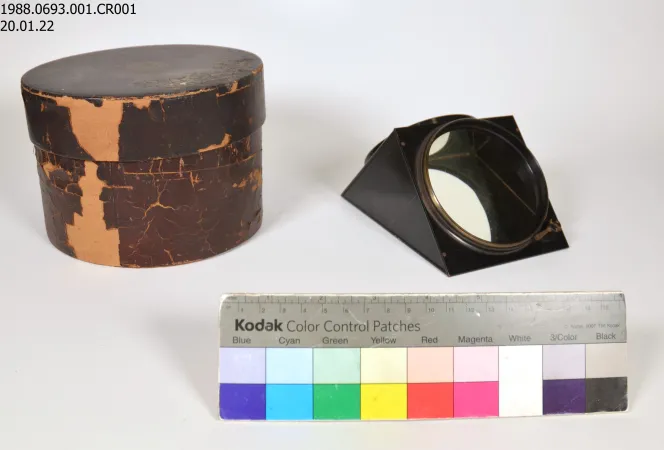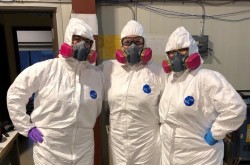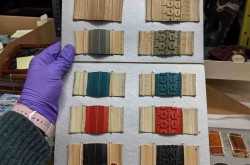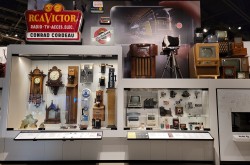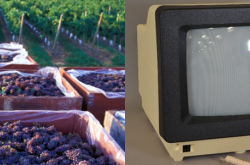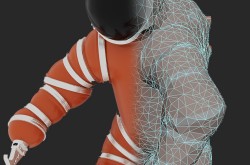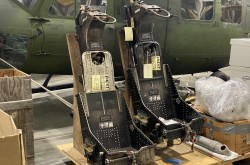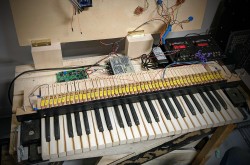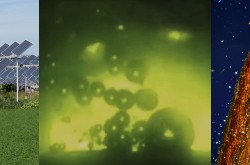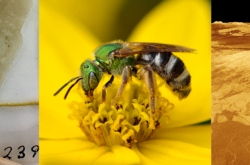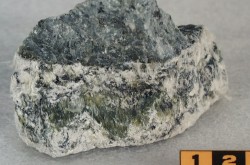The science of artifact conservation: A prism and its leather case
With construction of the Ingenium Centre in Ottawa now complete, the national science and technology collection is gradually moving out of dusty, old storage facilities and into this state-of-the-art new facility. However, there are some objects that need “conservation intervention” before they can live in their new forever home. One such object is a prism and its decorative box, manufactured by Bausch and Lomb.
This prism dates from 1900, and was used in photoengraving to reverse the image of what needed to be copied, such as creating a copy of a map or plan. Made of metal and glass, the prism had little in the way of damage. On the other hand, the prism’s decorative storage box had suffered extensive damage. The box walls and lid have a thin cardboard structure, and are covered in paper-thin leather. The leather had dried out and become cracked and was thus actively separating from the cardboard substrate. There were also large areas of loss of the leather, revealing the buff-coloured cardboard material. In this condition, the object could not be handled safely, nor be stored on the new shelving, as it is likely that the leather would continue to come apart from the substrate and be lost from the object. This is called disassociation, where these small fragments of leather are separated from the object; it is no longer clear where these pieces belong, and they can become forever lost. The danger is that if this is allowed to continue, the box will no longer be an accurate representation of what Bausch and Lomb intended to create.
The treatment needed for this object involved delicate surface cleaning and consolidation of flaking leather pieces. Removing dust and fine debris from objects prevents further damage, as dust particles can be acidic or act as a nucleus for deterioration processes to start. Cleaning an object safely and ethically is a first step in conservation as it gives the Conservator a clear view of the object, allowing treatments to proceed without contamination. In this case, the dust was easily removed from the prism and its box using reverse osmosis water with cotton swabs. Since the prism was in good condition, it did not need any conservation work beyond cleaning. The next step in treating this artifact was to deal with the loose leather and to re-adhere the pieces that had fallen off.

The prism’s storage box before treatment.

The prism’s storage box after treatment.
While treating an object, it is important to use stable, conservation-grade materials. This means using products that are archivally sound and have a good level of reversibility. The material should be able to stand the test of time, not deteriorate faster than the surrounding artifact, not degrade or readily change its properties with time, nor alter the visual appearance of the artifact. The material used also needs to be reversible, should the work need to be undone for any reason. In this case a conservation grade adhesive, Plextol B500, was flooded into the crevices of the leather using a small gauge needle to re-adhere it to the cardboard. In the larger openings, it was possible to use a fine artist’s brush to apply the Plextol directly to the reverse of the leather.
Next, the leather fragments were re-adhered onto the cardboard where their original location was evident. Like a puzzle, each piece belongs in a specific spot, and they should not be reattached in any other area.
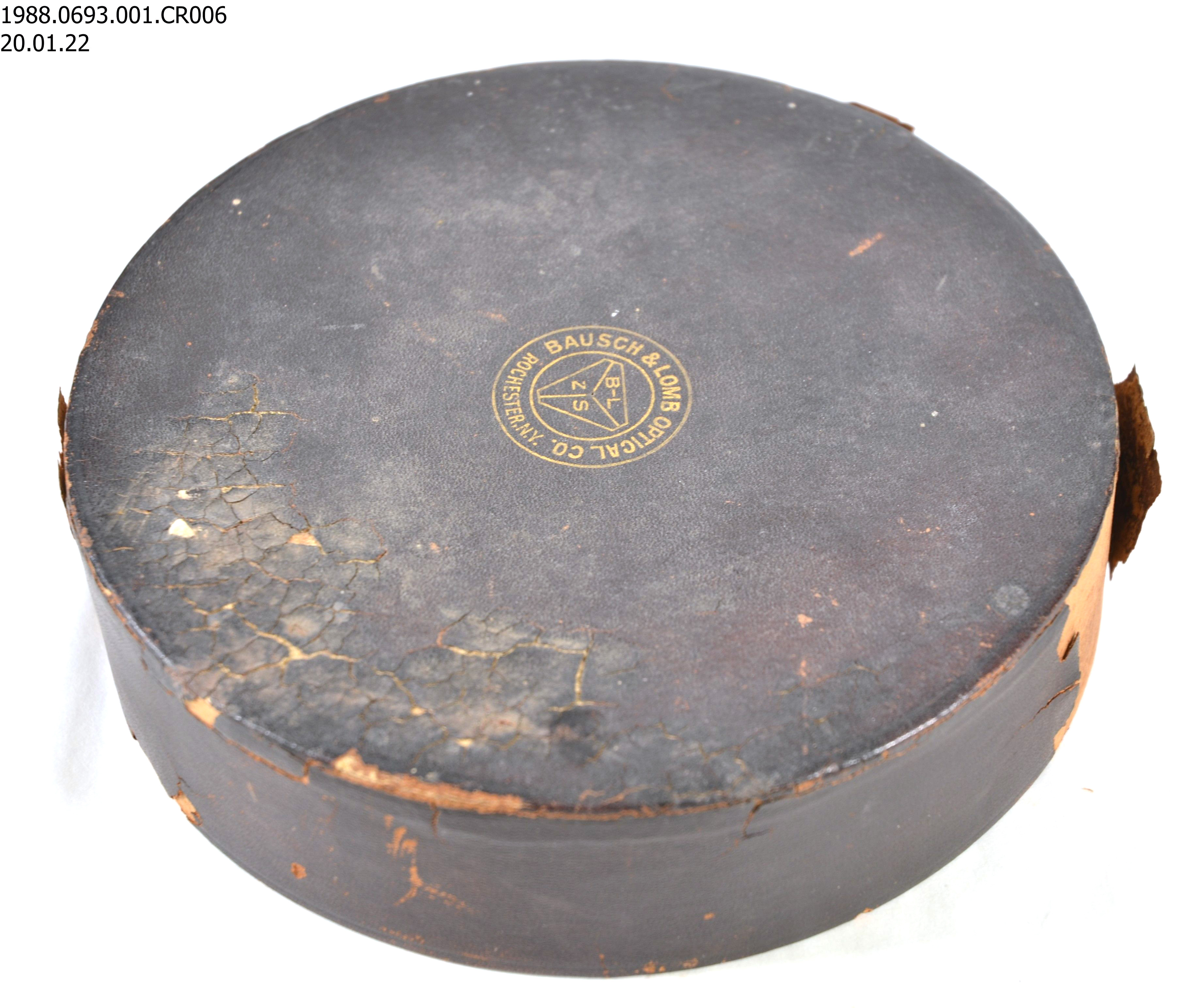
The lid of the prism’s storage box before treatment.

The lid of the prism’s storage box after treatment.
With the successful completion of the treatment, the prism and its box can now be returned to the storage area, used for interpretation, or put on display. The box can now be safely handled and is no longer at risk of disassociation of the leather surface details. The new storage facility at the Ingenium Centre is climate controlled. Light landing on artifacts is reduced, and temperature and humidity are maintained at a set point. This is preventative conservation in practice, where these environment variables are controlled to mitigate the degradation of an object. This means the conservation work done on the box will continue to preserve the integrity of the artifact.
Have more questions about the conservation of leather? Connect with the Ingenium conservation team on Twitter @SciTechPreserv



